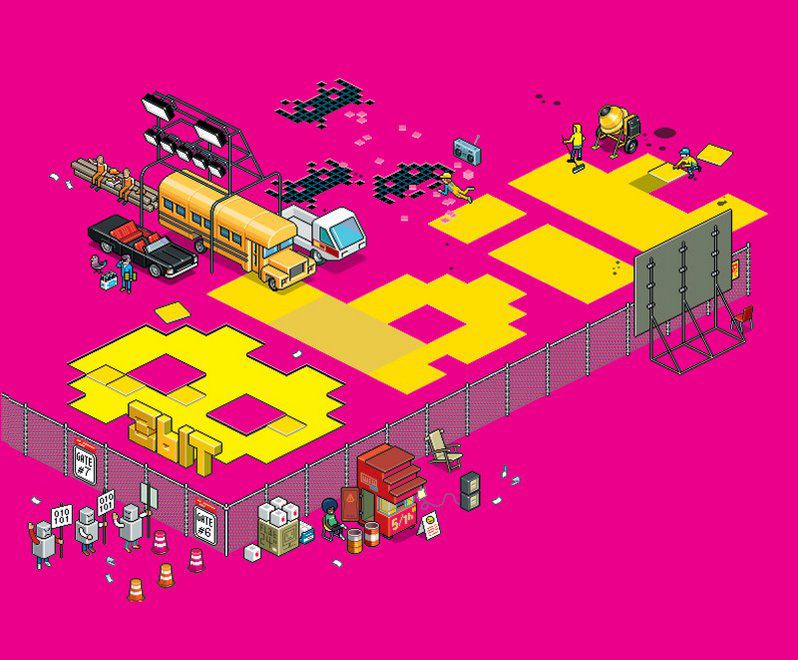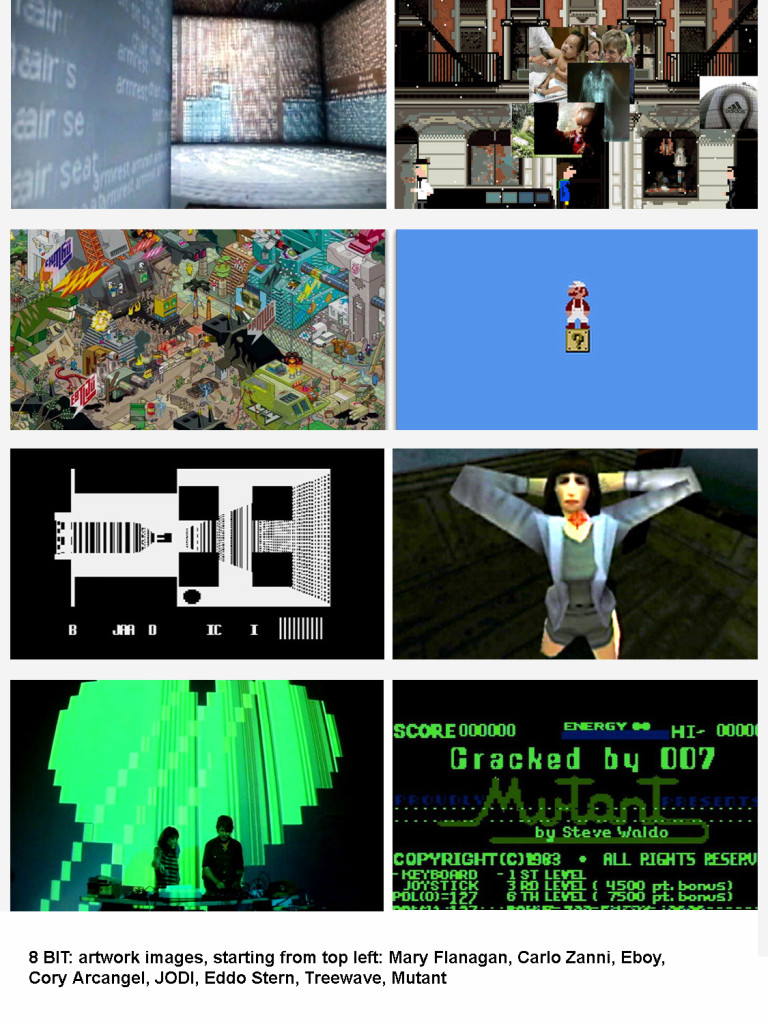It’s hard to believe not only that 15 years have passed since this movie, but how far chip aesthetics have exploded in global culture. So transport yourself back in time and treat yourself to an essential documentary on the scene, now watchable online. It’s the next best thing to a time machine to the mid-2000s premiere at MOMA.

In 2006, the best smartphones were still Blackberries and Sony and Nokia candybars. Laptop music was only just gaining momentum – and naysayers. But already a burgeoning community had returned to retro computers and gaming handhelds, from Commodore 64 to Game Boy, and embraced a fully punk-digital aesthetic. This film by Polish-born, Brooklyn-based Marcin Ramocki along with Justin Strawhand launched in the heat of that moment – when New York was filling clubs with sweaty ravers going wild to the sounds of LittleGPTracker and nanoloop on custom Game Boy cartridges. Check the trailer:
For anyone who has known this scene and artists, just reading the notes is a blast from the past – and for those of you who don’t, you’re in for a treat. Enjoy.
A combination “rockumentary,” art expose, and culture-critical investigation, 8 BIT ties together the 1980s demo scene, chip-tune music, and artists using “machinima” and modified computer games. Produced in New York City, Los Angeles, Paris, and Tokyo, the documentary brings a global perspective to the new artistic approaches of the DIY generation that grew up playing Atari, Commodore 64, and other video game console.
8 BIT. (2006). USA. Original concept and direction by Marcin Ramocki. Produced and co-directed by Justin Strawhand. With artists Cory Arcangel, BIT SHIFTER, Bodenstandig 2000, Bubblyfish, Covox, Mary Flanagan, Alex Galloway, Gameboyzz Orchestra, Glomag, HUAROTRON, JODI, Paul Johnson, John Klima, Johan Kotlinski, Nullsleep, Joe McKay, Tom Moody, Akiko Sakaizumi, Eddo Stern, TEAMTENDO, Treewave, Chiaki Watanabe, and Carlo Zanni; curator Isabelle Arvers; media critic Ed Halter; and new media curator/writer Christiane Paul.
8 BIT premiered on October 7th, 2006 at the Museum of Modern Art in NY.
8 BIT (2006) – Marcin Ramocki site
For added nostalgia, read Tom Moody’s blog posts from the MOMA premiere:
http://www.digitalmediatree.com/tommoody/?37565
..and an even earlier event at vertexList gallery.
Rentals are about 3 bucks, depending on your local currency. (2,59EUR here – better deal than those Disney premieres, for sure.)

And now is in many ways the perfect moment. New York’s venues may have gotten scrambled through time and gentrification, but chip sounds and images have only flourished since. I mean, in some ways it’s funny to even write this copy, because nowadays I think you don’t have to explain what chip aesthetics are the way you did in 2006. No, of course it’s not just nostalgia – least of all as younger artists experiment with lo-fi pixel art and synths who are too young to remember the original hardware. No, it isn’t only about gaming – but now the line between game culture and digital art is blurred enough that I doubt anyone cares arguing.
And maybe in the midst of a massive short of semiconductors – a Chipageddon, if you will – now it’s even more urgent to think of rehabilitating old hardware.
At the same time – supply chain breakdowns be damned – there’s a generation of engineers making dedicated hardware that’s built to last as a musical instrument. None other than musician/artist nullsleep reports on the progress of the Dirtywave M8 Tracker, which it appears is dealing with that supply chain and shipping preorders to customers. Of course, this sort of boutique and DIY hardware is also built to be repaired and supported in the long haul in a way consumer electronics is not, so we can applaud that progress, too.
The M8 promises to be a platform for developers and creators much like the monome hardware has been – and isn’t even alone. There’s the dedicated nanoloop FM, specialized hardware from one of the developers who made chip music catch on. Panic is working on their playdate, which should also support apps.
You want a pixel art documentary, too? Fine, here’s one: